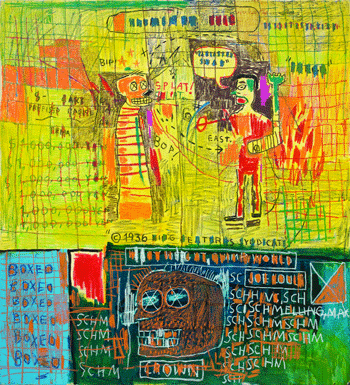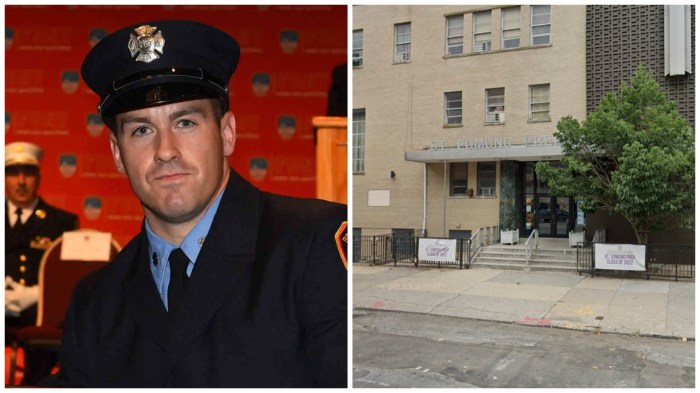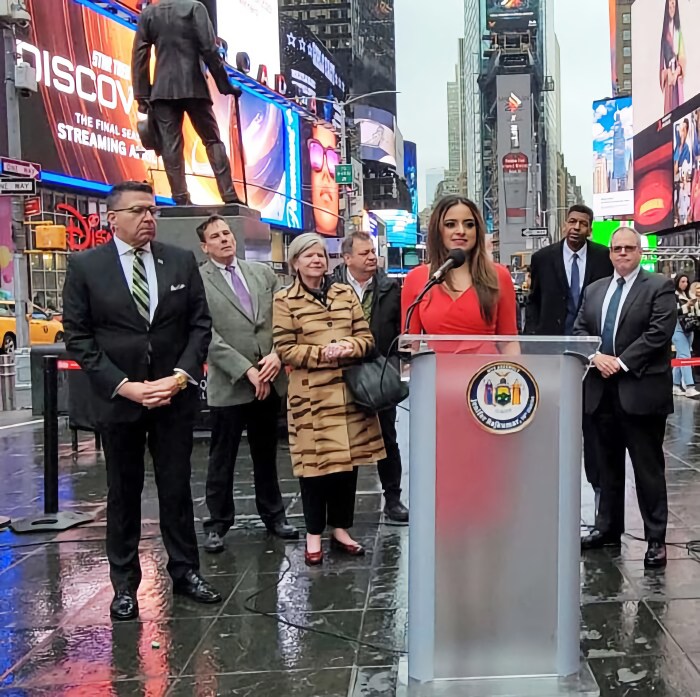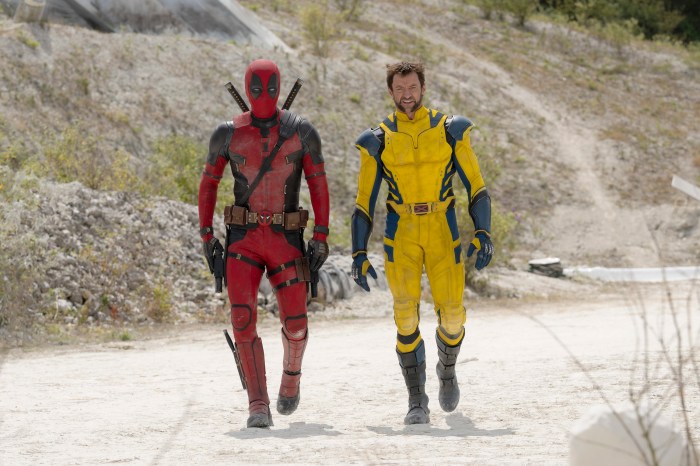At the intersection of Dubuffet and Basquait
Pace Wildenstein Gallery presents a solid and satisfying show joining Jean Dubuffet (1901-1985) and Jean Michel Basquiat (1960-1988), hoping to show that for a moment in each other’s lives their artistic visions had similar results. It is interesting that it took 20 odd years for someone to put this together.
Artists like Basquiat and Keith Haring were looking away from minimalism to artists such as Dubuffet, Pierre Alechinsky, the COBRA group, and Cy Twombly for a way out of this reduced and confining box. The figure had long been gone from serious critical discussions when this period emerged and set the New York art world on fire. Basquiat and Haring went to see a small show by Robbie Tillotson, who died in obscurity from AIDS, right before they broke out into their wild styles and Annina Nosei and Tony Shafrazi scooped them up and created the artists that we know. Tillotson’s paintings were a critical clue for both of these guys, in his embrace of the Expressionist graffiti rift that in turn made them famous.
This show is very curious in the fact that it really shows the difference between Dubuffet’s European finish to a painting and the brashness of a youthful, “fuck everything” American attitude seen in Basquiat’s work. Both were interested in the art of the insane, children’s art, pop art, and Abstract Expressionism, and they both synthesized it into images incorporating handwriting with direct painting.
The galley has paired up the paintings so we can make a direct comparison of the methods and iconography of each. In Dubuffet’s “Valche la belle muflee” (1954) and Basquiat’s “The Field Next to the Other Road” (1981), both paint cows; in Basquiat’s “Napoleonic Stereotypes Circa’44” (1976) and Dubuffet’s “La vie coloniale” (1976), each breaks up the space in a stacked square grid-like format and fill it with drawn faces and bodies in conversation. Both artists are concerned with the flattening and layering of image—but more like pages from a drawing pad collaged next to each other than a David Salle “on top of” layering. Dubuffet cut and pasted his drawings onto the canvas ala Matisse’s late cutouts to achieve the fullness and nonhierarchical image, as in the painting “Voyage en auto, October 15”(1976), and Basquiat used similar techniques by stacking found objects from the street with his stretched canvas to arrive at his assemblages, as in the 1982 painting “Untitled Tar and Feathers.”
It’s nice to see this loose style of energetic painting amidst the photo-based work around now. Because I know Basquiat’s work and there has been so much of it around lately I found myself gazing at the Dubuffets. They seem to tackle the challenge and balance the naive and master painter the best. They look complete and direct without being fussy. Maybe this is because he was older. Basquiat’s look thinner and emptier, more in the moment of rebellion and disregard. It makes me wonder what he would have produced if he hadn’t gone to an early grave.
gaycitynews.com


































